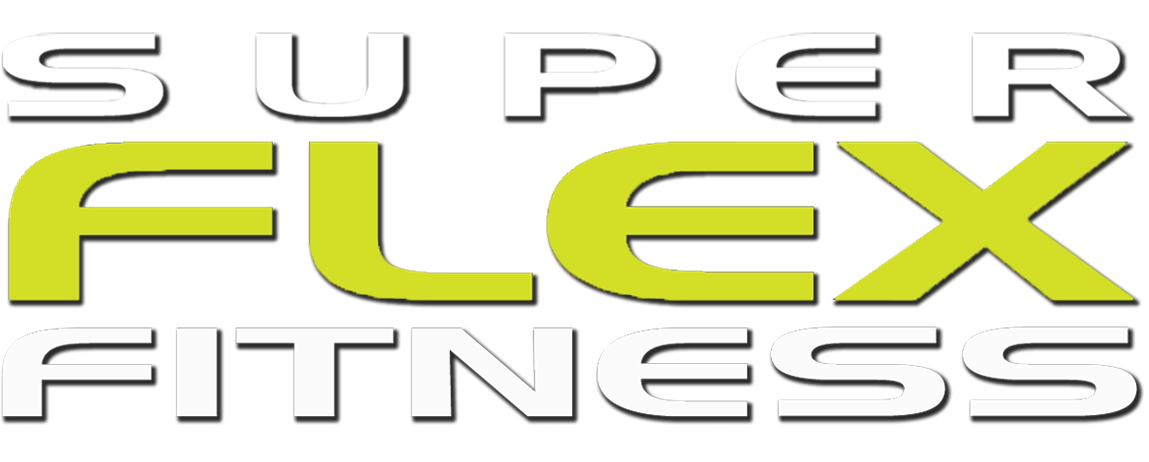SuperFlex Metabolic Muscle Matrix Lower Body 2.0
In the previous installments of the SuperFlex M3 series, I presented two separate workouts for each blog post. For this SuperFlex Metabolic Muscle Matrix Lower Body 2.0 installment, I’ve decided to highlight the all-band lower body workout that I rely on the most to provide strength and muscle hypertrophy effects for even the most advanced trainee or athlete. Although there is only one workout in this segment, it has two phases: Activation and Strength/Hypertrophy. And, as you’ll experience, it is a true standalone workout. Performing this workout two times per week, or alternated with another lower body workout, will bring very impressive results.
As with each and every one of the SuperFlex Metabolic Muscle Matrix workouts, the benefits are in the application rather than the numbers. The sets, reps, tempos, and isometric holds are there simply to ensure efficiency and productivity in the workload. Instead of the rep counts and tempos being legalistic mandates, it’s best to view the design of the workout as a map to assist the muscle-building journey. While there may be some initial complexity, my objective is eliminating any unnecessary convolution and keeping things as simple as they can be while sustaining your productivity.
Any workout is as “advanced”—and productive—as the execution of each rep. All of the primary muscles of the hip and legs are addressed in this workout. As with all of the SFM3 workouts, performing this workout on a regular basis will not only impact your body composition and physique, but also develop functional attributes for athletic performance and daily life.
As stated in previous installments, resistance band training has an underrated status of being an inferior alternative to weight training, or just for “travel workouts”. However, this particular workout is a prime example of the type of real workout you can do nearly anywhere—indoors or outdoors—and with what can be carried in a backpack. To repeat, it’s all in how you perform resistance band exercises, rather than just mindlessly pushing and pulling from point A to point B.
When you take the time to understand how to use resistance bands to their full potential, they can become a primary source of resistance in even the most advanced situation. I have collegiate and professional athletes performing these same workouts to both, complement their weight training, as well as serve as their primary workout at certain stages of the year to sustain their health, performance, and career longevity.
In this lower body workout, it starts with an Activation phase to coordinate the mind and body for the work ahead. It is recommended this activation circuit follow a brief, general warm-up that includes some mobility drills for the hips, ankles, and thoracic spine. The primary purpose of this activation phase is to ignite kinesthetic efficiency of the gluteal complex, as well as to bring the mind into the necessary place of executing each rep with pinpoint accuracy. The band strength in this phase is light-to-moderate; and even though you are not approaching failure here, you want a quality contraction with each rep as opposed to just flying through the reps as if something to “get through” to get to the Strength/Hypertrophy phase.
In the Strength/Hypertrophy phase, I introduce a new set progression sequence that is optimal for hammering the targeted muscles.
In Set 1, select a band resistance that would allow you to perform 20 quality repetitions. Start the set with a 10-second isometric hold in the most challenging part of the exercise’s range-of-motion (ROM), then perform 5 reps with a 3-second isometric hold, followed by 10 repetitions targeting a tempo of (3:1:X) 3-second eccentric, 1-sec pause, and intent to accelerate on the concentric phase.
In Sets 2-3, select a band resistance that allows 8-12 reps at a 3:1:X tempo. Perform Set 2 for 10 reps, rest 45-60 seconds then perform Set 3 with same tempo for 8-10 reps– to a point right before failure.
In Set 4, return to the band resistance used in Set 1 (assuming it was accurate), and perform just the most demanding ½ of the ROM for precision 10 reps, then 10 reps in the other ½ of the ROM, followed by 10 full reps at 3:1:X tempo.
SuperFlex Metabolic Muscle Matrix Lower Body 2.0
Bands used in video: SuperFlex Resistance Band #4.5Yellow 40″, SuperFlex Resistance Band #5 Red 40″
Activation Phase
A1) X-Band Walk (4×4) x10 cycles
A2) RNT Reverse Lunge 10 reps each side
A3) Glute Kick-Out 20 reps each side
•Perform as a circuit/ 2-3 Cycles
Bands used in video: SuperFlex Resistance Band #5 Red 40″, SuperFlex Resistance Band #6 Purple 40″, SuperFlex Resistance Band #7 Charcoal 40″
Strength/ Hypertrophy Phase
1) Unilateral GHDL
2) Front Squat
3) Hybrid DeadLift
4) RFESS •
Using the M3 SuperFlex Set Sequence
M3 SuperFlex Sequence (for 4 sets)
Set 1 (Kinesthetic Engagement): Resistance that would allow 20 conventional reps
10-sec Isometric Hold on ‘most challenging part of ROM’
5 reps with 3-sec Isometric Hold
10 reps at 3:1:X Tempo
Sets 2-3 (Load Engagement): Increase resistance (stronger band or add smaller band) 8-10 reps each set at 3:1:X Tempo
Set 4 (Metabolic Engagement): Using Set 1 resistance
10 reps in bottom 1/2 of ROM
10 reps in top ½ of ROM
10 full reps at 3:1:X Tempo
Unleashing Your Potential,
